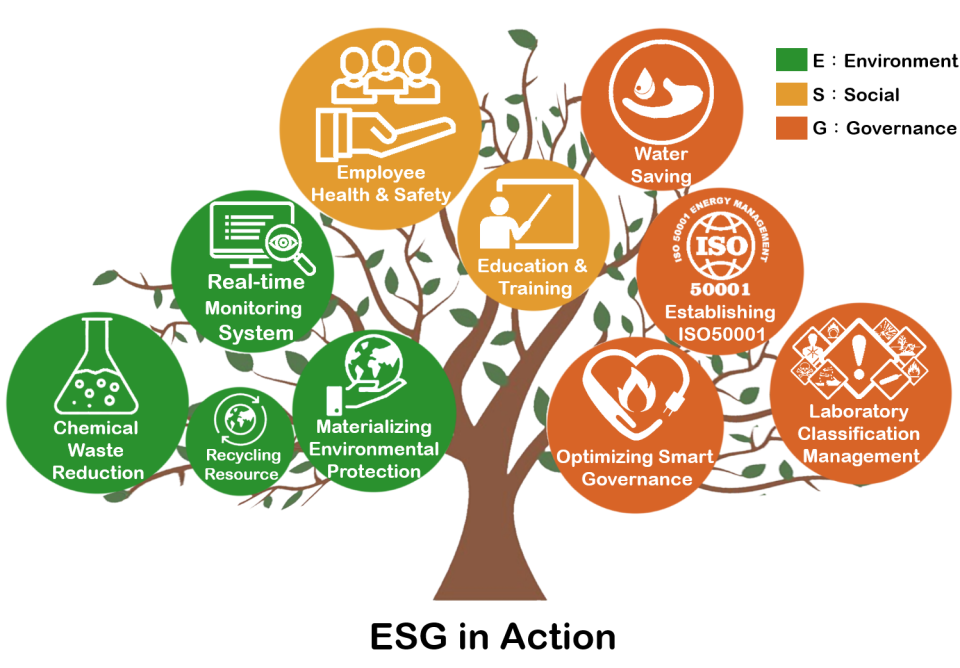|
1. Optimizing smart governance: Our school has set up a power recorder or a regional power management system in each building. The smart network information monitoring and management system is adopted to automatically collect the power consumption of each unit. The electricity usage conditions will be announced at the administrative meeting to achieve energy-saving warning effects.
2. Establishing an ISO50001 energy management system: Our school has clarified the energy use situation of each area in the campus through taking inventory and collecting energy consumption data of various equipment. Consequently, we are able to understand the current energy use status of each area and target more energy-consuming systems and equipment to materialize our school's energy-saving goals.
3. Managing contract electricity consumption monitoring and demand: We aim to achieve energy and electricity saving goals under reasonable energy usage.
4. Setting up a digital meter and a central control power supply system: We have set up automatic power-saving devices in the classroom. Besides, we have also implemented streetlight use sensors and controllers incorporated into the central control system.
(1) Green building design saving energy is adopted for new construction, additional construction, reconstruction or renovation projects.
(2) We have planned the equipment improvement projects of the central air-conditioning system of each unit, replacing the load rate of the power supply transformers of the whole school with energy-saving function, the construction of solar power systems, the annual replacement of traditional lamps, the reuse of water recycling systems, and the continuous promotion of fuel-saving measures.
(3) According to the announcement of the Central Meteorological Bureau, from January to April and from October to December each year, once the temperature reached 28°C on the given day, the air-conditioners in the office and classrooms of the campus can be turned on.
5. Implementing water-saving campuses: We plan to install (or replace) water-saving equipment, and set up planning rainwater storage tanks to collect or recycle rainwater as well as domestic miscellaneous drainage. Therefore, we could replace flushing water or irrigation water, and reduce reliance on tap water to achieve the goal of comprehensive water conservation.
6. Promoting the classification management of laboratories: According to the classification of each laboratory, we will conduct regular counseling inspections to control and reduce the occurrence of laboratory hazard accidents.
7. Establishing a QR Code system for laboratory chemicals: We will establish a unique QR-CODE for each laboratory. Through scanning the code, we could get the emergency contact information, internal floor planning, real-time chemical list, hazard characteristics (for example: showing water-proof substances) and SDS.
|


